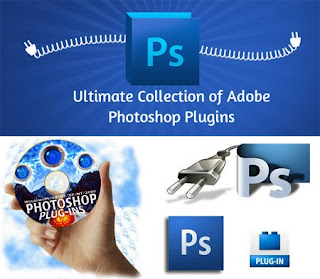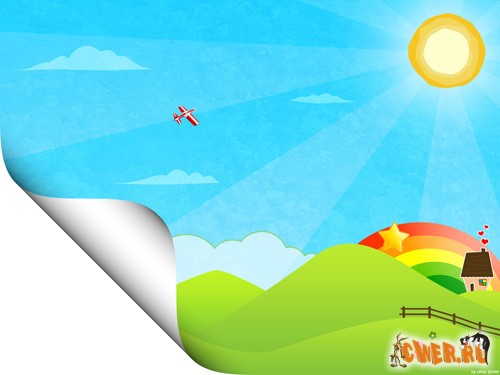

- #AV BROS PUZZLE PRO PHTOSHOP CC UPDATE#
- #AV BROS PUZZLE PRO PHTOSHOP CC SKIN#
- #AV BROS PUZZLE PRO PHTOSHOP CC SOFTWARE#
- #AV BROS PUZZLE PRO PHTOSHOP CC PROFESSIONAL#
#AV BROS PUZZLE PRO PHTOSHOP CC SOFTWARE#
JixiPix Software – Adobe Photoshop Plugins: Red Giant Effects Suite 11.1.6 for Adobe Photoshop.Red Giant Magic Bullet Suite 12.1.3 for Adobe Photoshop.MediaChance Dynamic Auto Painter Pro 4.2.0.2.Digital Film Tools Composite Suite Pro 2.0.5.Unified Color – Adobe Photoshop Plug-ins:ĭigital Film Tools – Adobe Photoshop Plugins: Redfield Plugins Bundle 2007-2015 for Adobe Photoshop: PixelGenius PhotoKit Sharpener 2.0.7 for Adobe Photoshop.PixelGenius PhotoKit Color 2.2.2 & 2.2.3 for Adobe Photoshop.PixelGenius PhotoKit 2.0.5 for Adobe Photoshop.iCorrect Portrait 2.0 for Adobe Photoshop.iCorrect EditLab Pro 6.0 for Adobe Photoshop.Urban Lightscape 1.4 or Adobe Photoshop.Tintii Photo Filter 2.10 for Adobe Photoshop.Imagenomic Portraiture for Adobe Photoshop and Photoshop Elements 2.3.4 Build 2342.Imagenomic Noiseware for Adobe Photoshop and Photoshop Elements 5.0.3 Build 5032.Imagenomic RealGrain for Adobe Photoshop and Photoshop Elements 2.0.1 Build 2013.
#AV BROS PUZZLE PRO PHTOSHOP CC PROFESSIONAL#
#AV BROS PUZZLE PRO PHTOSHOP CC SKIN#
What does Ultimate Adobe Photoshop Plug-ins Bundle 2015 offer:Īdvanced Photo Tools – Adobe Photoshop Plug-ins:Īlien Skin Software – Adobe Photoshop Plug-ins: In addition, I assure you that each set contained in this bundle will work like a charm for your Adobe Photohop.
#AV BROS PUZZLE PRO PHTOSHOP CC UPDATE#
I ensure you that each set that I have included in this bundle will give you the latest update of them.


It gives me all the good vibes.Ultimate Adobe Photoshop Plug-ins Bundle 2015 will provide you with the most complete & organized Adobe Photoshop Plug-ins collection, which include the latest editions for each set. I like to stare at it when I can’t visit the actual establishment. It depicts the interior of one of our favorite places in Seattle, a little cafe on the north end of Capitol Hill called Joe Bar, where I did a lot of writing prior to graduate school. I have this really amazing painting by Jed Dunkerley that my partner commissioned for me for our anniversary. What’s your favourite piece of art in your home? It’s hard to know that sometimes until you take a step back and/or have someone else read your draft and you get that more objective perspective. Some of my earliest CNF ended up being these long narrative pieces that were, really, a few essays that were trying to pose as one. When it’s your life, all those things make sense to you, but those extraneous details will very quickly bloat a piece of writing for a reader. Because when I start to write CNF, especially if it’s anything resembling memoir, there’s an instinct to throw a lot of different experiences and details into the mix. What is the biggest challenge when writing CNF?įor me, the biggest challenge is knowing where to place the “border” around a piece, where to focus. I’m really excited to see the rest of the work in the issue. “Roots” as a theme invites a lot of interpretations I think. But then when I read the theme, I felt that this piece fit the bill in an interesting, oblique way. I had already written “Buddy Boy” before I knew about the specific theme for this issue. I like to think of both genres as “tools” in my “toolbelt.” And then, of course, within CNF and fiction are all the different forms, which really expands the unique possibilities for how a piece takes shape.ĭid you have a piece already written when you learned about Epoch’s theme, or did you write a new piece? If so, how did you approach the theme of Roots in the creation of your work? Sometimes, though, it’s not ideal to go that route for any number of reasons, and it comes out as a story. For me, when I’m exploring a potential idea that I know I want to write, CNF gives me that option of coming right out and saying it and dropping the more traditional artifice of calling it fiction. I have written fiction for a long time, and I still love to write fiction, but there is something so immediate and, often, obviously, more personal about essays. But as soon as I tapped into that mode, it quickly became apparent to me that it was something that had long been missing in my complete ability to express myself. I only very recently, in my first year of graduate school, began to write CNF. Why do you write CNF, and do you explore other genres in your work? Stephen Haines’s piece, ‘Buddy Boy’, can be found in EPOCH Issue 03: Roots, available to purchase here.


 0 kommentar(er)
0 kommentar(er)
